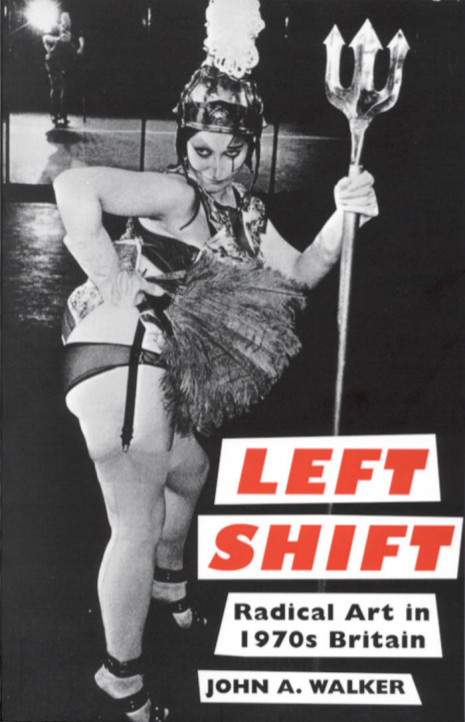Mik journal, Nr. 3: Art and Politics: Case-Studies from Eastern Europe (2007) [English/Lithuanian]
Filed under journal, proceedings | Tags: · art, art criticism, art history, censorship, communism, cultural resistance, democracy, eastern europe, political art, politics, post-communism, power, totalitarianism

“The third volume of the Art History & Criticism journal includes articles based on the proceedings of the international conference Art and Politics: Case-Studies from Eastern Europe organised by the Art Institute, Vytautas Magnus University in 26-27 October 2006. Thirty scholars – from Lithuania, Latvia, Estonia, Poland, Czech Republic, Croatia, Romania, France, Germany, the UK, and the USA – presented papers focused upon one aspect of the European history and culture, namely the former Eastern bloc and its Soviet past as well as quotidian post-Soviet reality. Participants of the Kaunas conference discussed one of the most challenging issues of the field – art and politics.” (from Preface)
Meno istorija ir kritika / Art History & Criticism journal
Issue: Menas ir politika: Rytų Europos atvejai / Art and Politics: Case-Studies from Eastern Europe, 2007
Editor-in-chief: Vytautas Levandauskas
Publisher: Vytauto Didžiojo universitetas / Vytautas Magnus University, Kaunas, Lithuania
ISSN 1822-4555
232 pages
conference programme (PDF)
publisher
PDF (updated on 2014-9-1)
Other issues
John Albert Walker: Left Shift: Radical Art in 1970s Britain (2001)
Filed under book | Tags: · 1970s, art, left, political art, politics, radicalism, united kingdom

Compared to the 1960s, the 1970s is a neglected decade. This is a history of radical political art in Britain during the 1970s, art that sought to re-establish a social purpose. It argues that what was unique about the visual fine art of the decade was the impact of left-wing politics, women’s liberation and the gay movement. Artists discussed include: Rashid Araeen, Conrad and Terry Atkinson, Joseph Beuys, Derek Boshier, Stuart Brisley, Victor Burgin, John Drugger, Gilbert and George, Margaret Harrison, Derek Jarman, John Latham, Mary Kelly, Bruce McLean, David Madalla, Jamie Reid, Jo Spence, John Stezaker and Stephen Willats who responded to the historical events of a period marked by economic and political crises. A wide variety of art forms is covered: banners, drawing, film, community murals, painting, performance, photography, photomontage, posters, sculpture and video. Many radical artists challenged prevailing art institutions, such as the Arts Council, often establishing alternatives, like the Artist’s Union.
The book, which is set out on a year-by-year basis, also examines key conferences, exhibitions, galleries, magazines, organizations and critics; art theory and the various views of artists and critics meant that the 1970s was a decade of intellectual ferment.
Publisher I.B.Tauris, December 2001
ISBN: 9781860647666
304 pages
PDF (updated on 2013-6-24)
Comment (0)Jacques Rancière: The Emancipated Spectator (2008/2009)
Filed under book | Tags: · art, audience, life, philosophy, political art, spectatorship

The foremost philosopher of art argues for a new politics of looking.
The theorists of art and film commonly depict the modern audience as aesthetically and politically passive. In response, both artists and thinkers have sought to transform the spectator into an active agent and the spectacle into a communal performance.
In this follow-up to the acclaimed The Future of the Image, Rancière takes a radically different approach to this attempted emancipation. First asking exactly what we mean by political art or the politics of art, he goes on to look at what the tradition of critical art, and the desire to insert art into life, has achieved. Has the militant critique of the consumption of images and commodities become, ironically, a sad affirmation of its omnipotence?
First published as Le spectateur emancipe, Editions La Fabrique, 2008
Translated by Gregory Elliott
Publisher Verso, 2009
ISBN 184467343X, 9781844673438
134 pages
PDF (no OCR; updated on 2012-7-14)
PDF (no OCR; essay published in Artforum magazine, March 2007; updated on 2012-7-14)

